 I have always been drawn to and interested in the Jewish history and culture of Morocco. And, while I am by far not an expert, once you’ve been in Morocco awhile, one begins to uncover some fantastic and even hidden places where the Diaspora once lived, traded, mingled, mixed, and even thrived. It’s here where I’ll try to take you on a journey to some of my favorite places while trying to uncover some interesting historical tidbits of Judaism in Morocco. For the most part, this trip follows our Eclectic or Fez to Marrakesh and Sahara itineraries.
I have always been drawn to and interested in the Jewish history and culture of Morocco. And, while I am by far not an expert, once you’ve been in Morocco awhile, one begins to uncover some fantastic and even hidden places where the Diaspora once lived, traded, mingled, mixed, and even thrived. It’s here where I’ll try to take you on a journey to some of my favorite places while trying to uncover some interesting historical tidbits of Judaism in Morocco. For the most part, this trip follows our Eclectic or Fez to Marrakesh and Sahara itineraries.
Recently, I headed down south a couple of hours north of Merzouga (not quite to Erg Chebbi in the Sahara) to the town of Rissani. It’s here where mounds of rolling Sahel-like earth stretch into the horizon connecting to Erfoud. It is home to the former Kingdom of Sijilmassa, where Jewish Berbers once controlled the gold trade and had an extensive commerce network that stretched to India and Egypt. Interestingly, the region is mentioned in several letters written by traders venturing through the area; ultimately using the area as a terminal or port town before heading to Sudan, Cairo, and further afield. (This is explained better on Encyclopedia.com.)
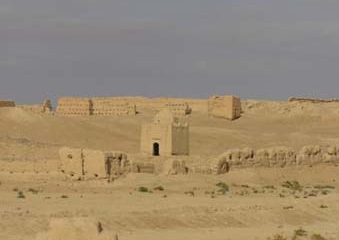 We also learned that Jewish Moroccans have inhabited this area of North Africa since ancient times, predating Roman rule, and developing traditions and rituals distinct from the religious communities farther north and east. The first significant Jewish settlement in Morocco was built around 580 B.C., existing as its own nation through the early years of Roman rule. Jewish traders had already begun to travel over the Atlas Mountains to trade with and live among Berbers. Many Berbers ended up adopting Judaism and strong influences from the religion still remain in Berber spirituality.
We also learned that Jewish Moroccans have inhabited this area of North Africa since ancient times, predating Roman rule, and developing traditions and rituals distinct from the religious communities farther north and east. The first significant Jewish settlement in Morocco was built around 580 B.C., existing as its own nation through the early years of Roman rule. Jewish traders had already begun to travel over the Atlas Mountains to trade with and live among Berbers. Many Berbers ended up adopting Judaism and strong influences from the religion still remain in Berber spirituality.
As one continues slightly north and west towards the Dades Valley and Todra Gorge, the area of Siljilmassa (and a little boasting: a place we can bring to life on a number of our tours to Morocco) gives way to the region of Tinjedad. It’s here where Muslim Berbers and Jewish Berbers lived in relative harmony – each having their specific roles to make this agricultural region both well known and prosperous. While moving through the area, Tinjedad looks like a roadside town not worthy of much more than a quick tagine (a meat and veggie stew). However, like the stage of some Hollywood set where the real magic takes place in the backdrop, exploring behind the scenes reveals a massive ksar with a delightful Berber history museum (and great restaurant) known as El Khorbat. You’ll learn more here than anywhere perhaps, so I won’t spoil the surprise. Behind El Khorbat, one can take a stroll through the scenery (to keep the metaphor going), which divulges the true beauty of this oasis valley – fields of green, sweet-filled date palms, and inhabitants still quite shy to look at you for too long. I suppose all religions have their Garden of Eden and this was as close as it got for what I understand paradise to be.
As one continues west and eventually over the Tizi N Tichka pass to Marrakesh, one has plenty of time to read more about Morocco’s Jewish history. The real history of the country’s Jewish-Muslim relations has fluctuated. Muslim rule in the 7th century was a temporary relief from the oppressive laws that the Byzantine Empire had started to enforce against the country’s Jewish population, but persecution crept back in. By the 11th century, discriminatory laws enforced Jews’ status as second-class citizens. In cities, they were forced to live in mellahs. These communities within mellahs operated relatively independently and boasted high levels of education and standards of living. As in many countries, relations between these areas and the surrounding city areas alternated between periods of tolerance and persecution.
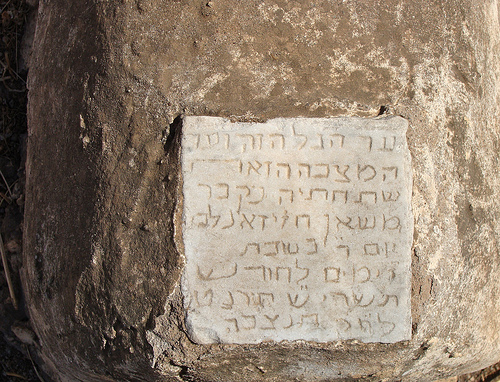 A flood of European Jews arrived in the 15th and 16th centuries as exiles from the Spanish Inquisition, mingling western Jewish culture with the North African tradition that had developed. Eventually, Morocco became the Muslim nation with the largest Jewish population. France granted Moroccan citizenship to the Jewish population in 1912, though the progress was marred by a massacre by Muslims in Fez, and Jews didn’t have complete equality with the rest of the country. By the time Morocco achieved independence in 1956, Moroccan Jews were finally considered equal citizens under law, though a significant portion of the population had already emigrated from the country by that time.
A flood of European Jews arrived in the 15th and 16th centuries as exiles from the Spanish Inquisition, mingling western Jewish culture with the North African tradition that had developed. Eventually, Morocco became the Muslim nation with the largest Jewish population. France granted Moroccan citizenship to the Jewish population in 1912, though the progress was marred by a massacre by Muslims in Fez, and Jews didn’t have complete equality with the rest of the country. By the time Morocco achieved independence in 1956, Moroccan Jews were finally considered equal citizens under law, though a significant portion of the population had already emigrated from the country by that time.
Experiencing Jewish Morocco
Today, Morocco has a Jewish population of a few thousand, with significant concentrations in Casablanca, Fez, Rabat and Marrakesh. Sefrou, a medium-sized city a few miles from Fez, has a prominent role in Jewish Moroccan history. A market village long before Fez was built, Sefrou had a relatively large Jewish-Berber population for centuries. Before the large Jewish emigration out of Morocco in the 1950s, about one-third of the city was Jewish. Though nearly all current residents of Sefrou’s mellah are Muslim, Jewish influences can be seen in the ancient buildings, many with Hebrew characters inscribed upon them. According to legend, a cave on the city’s outskirts, Kef El Moumem, is said to be the resting place of the prophet Daniel. During Sefrou’s annual Cherry Festival in June, Jews and Muslims alike file out in a procession to Kef El Moumem.
In addition to Sefrou, both Fez and Marrakesh have intact mellahs to explore. Most of Fez’s Jewish population left in 1956 for the United States, Israel or Casablanca, but the city’s 15th-century mellah is still a lovely neighborhood. Typically, Arab buildings are plain on the outside and ornate inside, so the quarter’s buildings with balconies and intricate windows are unique. Similarly, Marrakesh’s mellah is a small walled quarter of the city, now home to more Muslim residents than not. Guides can help you explore the remains of synagogues there, however. Smaller cities such as Meknes and Rabat also show historical traces of Jewish history—old synagogues and graveyards.
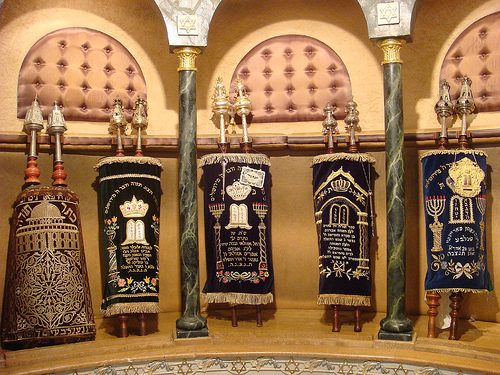 Casablanca, on the other hand, still has a relatively large Jewish population. The city also boasts the only Jewish museum in the Muslim world, an institution focused on the people’s history in and influence on Morocco. Casablanca has a Jewish quarter full of kosher restaurants, synagogues and Jewish schools. Casablanca’s Jewish community contributed financially to the construction of the city’s Hassan II Mosque (the second largest in the world), illustrating its integration with Muslim neighbors.
Casablanca, on the other hand, still has a relatively large Jewish population. The city also boasts the only Jewish museum in the Muslim world, an institution focused on the people’s history in and influence on Morocco. Casablanca has a Jewish quarter full of kosher restaurants, synagogues and Jewish schools. Casablanca’s Jewish community contributed financially to the construction of the city’s Hassan II Mosque (the second largest in the world), illustrating its integration with Muslim neighbors.
Areas where Berber-Jewish communities once thrived can also still be visited in mountain and southern oasis regions. As I was writing for a guidebook this year, I stumbled upon another beautiful region and one full of Jewish history that I may divulge in a later post, but one that is home to one of the more prominent Jewish festivals still held in the country. In the sleepy area of Ouirgane, the Shrine of Haïm ben Diourne is home to a prayer festival is typically held each May. Locally known as marabout Juif (house of the Jews), this shrine has the tombs of prominent rabbis and can be toured year-round.
About Seeing Jewish Morocco
If you are interested in exploring Jewish Morocco, give us a shout. Our unique Morocco trips at Journey Beyond Travel are set up so that you have plenty of flexibility; you’ll be able to talk with us, your driver, and also our local guides in each location about what you enjoy most. Many travelers enjoy mixing and matching so they do not focus 100% on any one element (such as Muslim or Jewish history), but like to blend things up so they have a balance of both history, culture, and experiences throughout. We invite you to explore Morocco with our team – we’ll work harder than anyone (so you don’t have to) to ensure you have a great time in Morocco!
Other Jewish-Related Topics
History of Jewish Berbers
Jewish Mellahs of Morocco
Ancient Jewish Sights in Morocco
Morocco Jewish Museum
Photos by:
Julia Manzerova and Dlisbona
In this article, please let me know (nicely) if I have left anything out or messed up any facts or vocabulary.
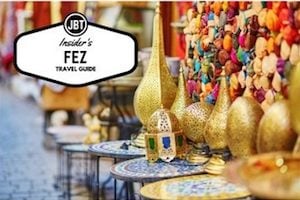
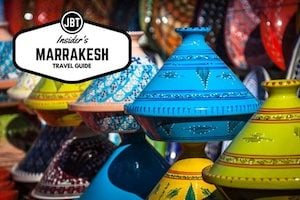
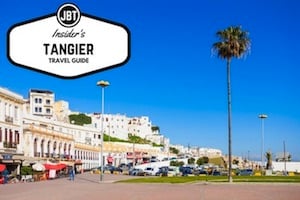
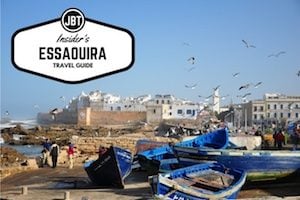
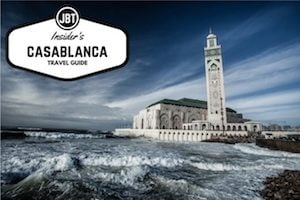
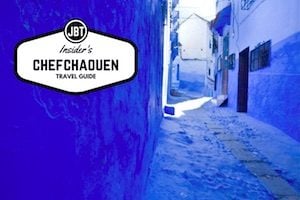
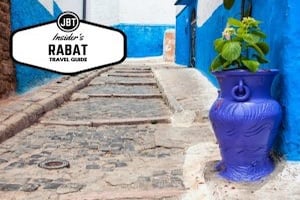
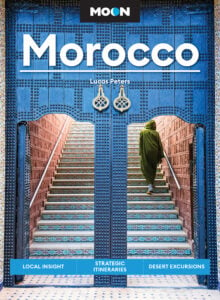
Hello! I would be interested in your Jewish tour. I will leaving for Morocco today and wil be visiting Marrakech and Essaouira. I hope you received this in time!
Thanks,
Morgan
Hi Morgan, Thanks for your comment here. I’ve just sent you an email regarding what we might be able to put together. You can also check out our Insider Guides to Essaouira and Marrakesh that can help you with any last-minute planning. Best of luck!
Good work . I’m a berber from the South of morocco precisely from taroudant. I think this part of the history of Berbers and Jews must be unveiled.